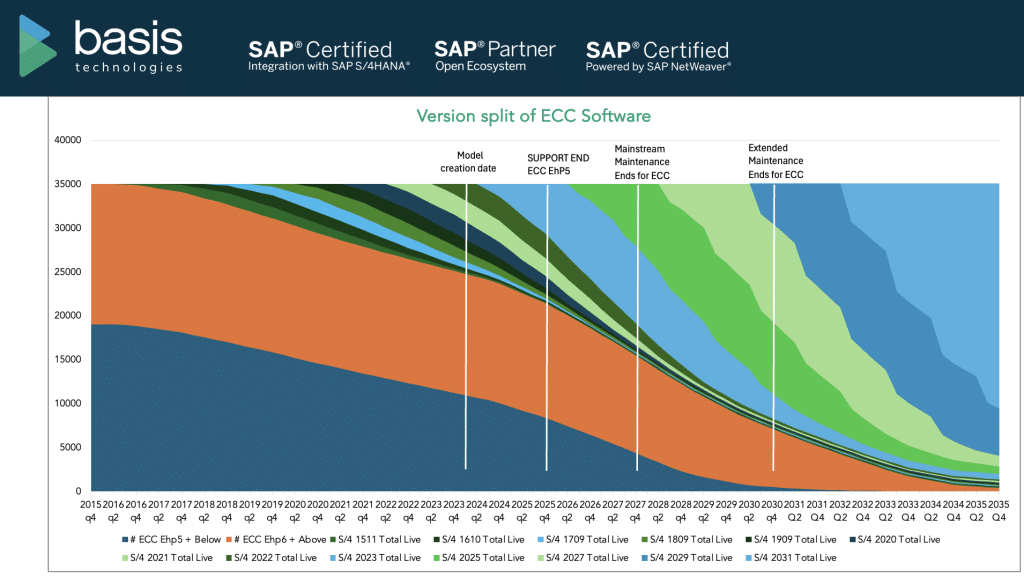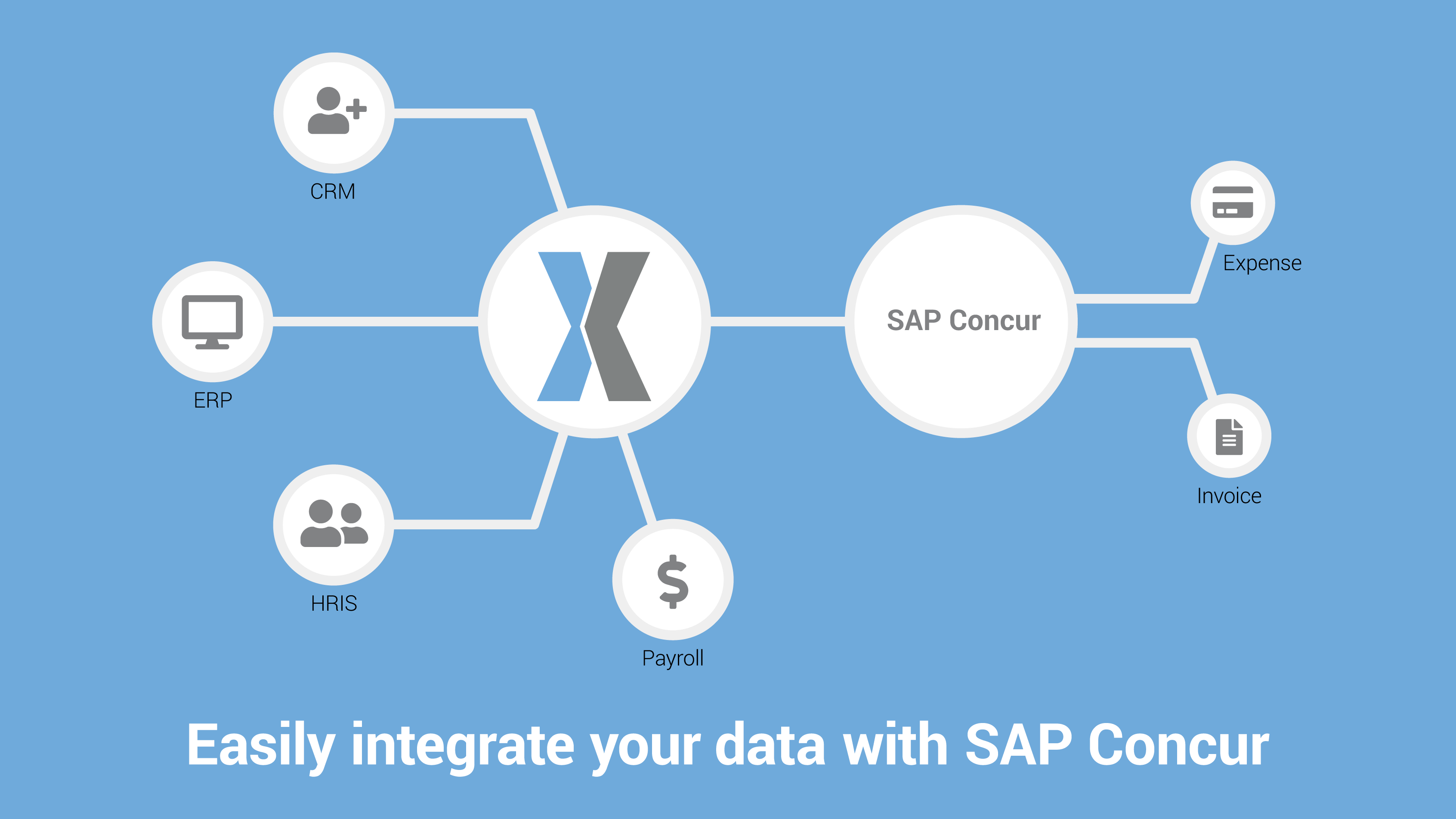Oh my, the sky is falling and SAP says ECC support is due to expire in 2025. While no one, including the big wigs in Waldorf, can say with certainty that these dates will hold true without dire warnings and the fear that support will end in 2025 then how can they spur reluctant companies to convert to Hana?
There are good business reasons for many companies to move to Hana and we will cover those reasons in a later article, but what about the companies who are happy with their great running ECC 7.X version and want to ride that version for a while. Well, as we’ve said above, no one can say for sure what that end date will be (and yes, there will eventually be an end date) but we have been hearing the cry of Damocles for decades since version 3.0 in the 1980’s.
So, let’s start with what is Hana and why is SAP pushing to move everyone to this platform. It should come as no surprise that SAP’s move to Hana is over $$. Described by SAP as its “biggest launch in 23 years”, this new suite will run exclusively on SAP’s own database, HANA. Previously, SAP’s software worked with a number of databases, including Oracle, but businesses migrating to the new system will also need to migrate their entire database (think new training and internal technology knowledge). With the current estimate of businesses using various database platforms at 250,000+, it’s understandable that SAP wants these clients using their database rather than others.
So, assuming the 2025 deadline might/might not be real there are a few choices available to businesses. If the current SAP is “vanilla” and doesn’t include an excessive amount of Z programs and complex configuration then converting to S/4HANA is an easier option. If the environment is highly customized and configured, then a full re-implementation might be necessary.
If a business decides to continue with SAP, then a new infrastructure is very likely. S/4HANA requires HANA as a database, which in return requires Linux, the only operating system that runs HANA. The business will need to decide whether the infrastructure they will use will remain on-premise or move to the cloud—and whether the cloud option will be private, public, or hybrid. The cloud option has even more dire ramifications when thinking of using SAP’s private cloud option – but we will cover that in a later discussion.
Despite the best efforts to downplay the challenges, the process of migration is not quick, nor easy, nor cheap. Time will need to be spent not only on the migration, but also on testing the migration, and training users on how to use the new software. The look and feel of S/4 is different where some users easily adapt and other may struggle. In addition, some of the core ECC modules move over to S/4 with little change in functionality. FICO however has some major changes in look, feel, and utilization. We are getting a number of inquiries from newly converted S/4 customers for FICO help.
Another factor companies are considering in their decision is that the migration to S4 can also remove one of the main advantages of SAP: its flexibility, working with the hardware and software combinations that businesses are comfortable using. Companies have spent a great deal of money in acquiring internal technical talent and getting their landscape solid and working. All that can be upset with a new migration. Yes, HANA is an innovative “in-memory” database, making it faster—but it is nowhere near as mature as ECC and will not be for some time. Businesses may feel that they would prefer the mature, reliable database options over the newer, if quicker, HANA database. It should also be said that “quicker” is all relative. We have some customers who have come to us for advice on whether to move to Business Suite (ECC but on HANA database structure) or pure S4. In evaluating the cost of new hardware, possibly a totally new landscape, and the conversion costs, some customers have come back and said, “So, for $300k in costs to convert then my FICO reports run 4 seconds quicker”? While this may be a simplistic view, for some companies it is a stark ROI reality.
The second alternative, as mentioned above, is moving to Business Suite. It is a very viable option where you can utilize some of the benefits of the HANA database structure but still keep your ECC look and feel. It’s not something that SAP is promoting a great deal as they want people to move over to S4 completely. We will cover this in a later discussion
The last alternative is to, well, do nothing.
Many companies running SAP are very happy with their system landscape and functionality and don’t want to upset their business because they are feeling pressured to move to another platform, just because SAP is using this to grow its business. There are definite advantages to S/4HANA, and we can cover those in a later discussion, but there are many companies who cannot rationalize the ROI to convert. If a company uses SAP for standard Order to Cash, Procure to Pay functionality and doesn’t use all the bells and whistles that SAP provides then core ECC is a very stable environment. In these cases serious thought should be made to maintain the current environment and not be swayed by the shiny bling and new features of S/4. After all, you’re running a business, not buying a new car..
So, if you stay with your legacy ECC system then SAP has said that it will continue to offer support to its customers until December 31, 2025. After that, it will no longer support it. But what does this really mean?
At the end of support, customers will no longer receive any updates and will no longer be able to access official support to resolve technical issues. But, there are options, very viable ones, that we can cover in another discussion. We have a number of customers whom we’ve helped through the “no official support” option and they have done extremely well.
So 2025 is SAP’s deadline but it doesn’t have to be yours. With so many options available, no business should feel pressured to migrate if they don’t want to. Every company has its own unique circumstances and should gather all the information they can from articles as well as experienced people in the industry and make their own informed decision.
If you should need to discuss any of these topics further, please feel free to contact us.





